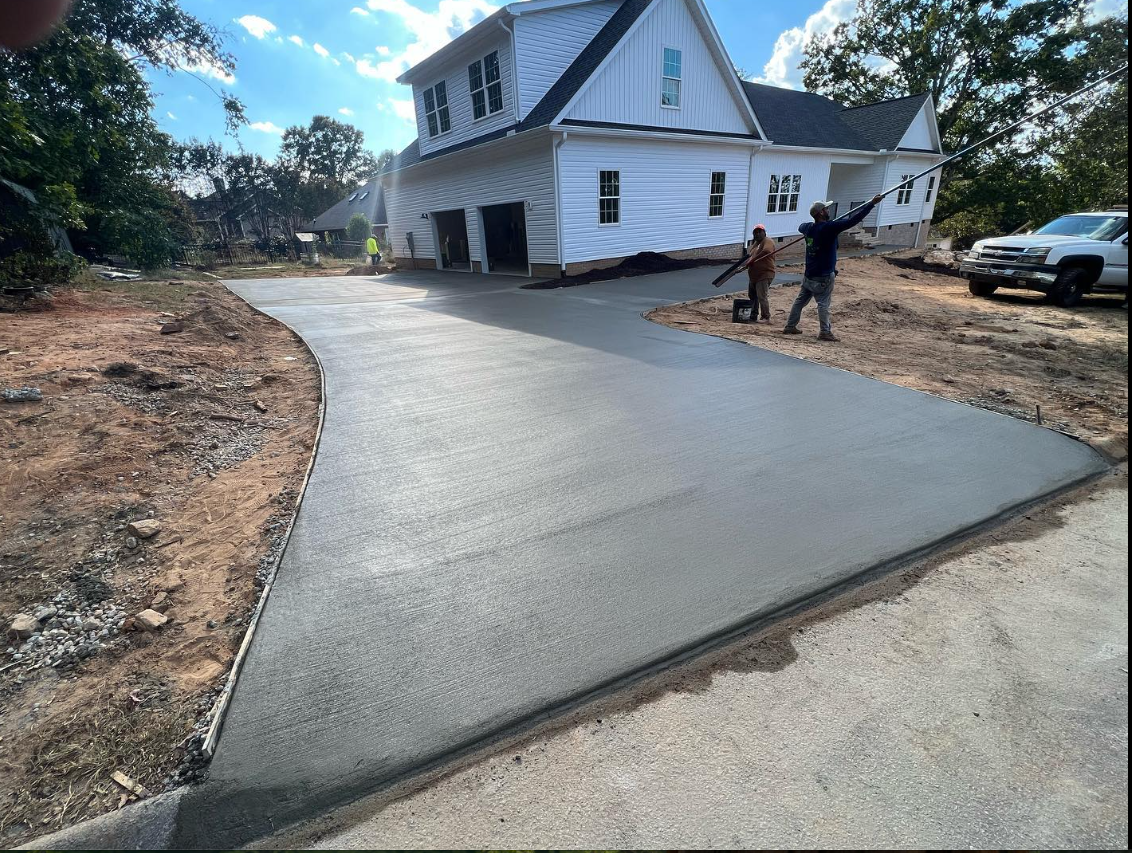
Eco-Friendly Concrete Practices for a Sustainable Future Sep 08, 2025
Concrete is a primary building material due to its durability and versatility. However, traditional concrete production has historically been associated with significant environmental challenges, primarily due to CO2 emissions during cement manufacturing, a critical component of concrete. Recognizing this, the construction industry is innovating with greener alternatives to meet the sustainability goals of both companies and clients.
One of the most effective ways to make concrete more eco-friendly is by using supplementary cementitious materials (SCMs) such as fly ash, slag cement, and silica fume. These materials can partially replace traditional Portland cement, reducing carbon dioxide emissions and improving the workability and durability of concrete. Fly ash, a byproduct of coal combustion, and slag, a byproduct of steel production, are excellent examples of how industrial waste can be repurposed in concrete mixing, thus reducing landfill waste and conserving natural resources.
Another innovative approach is the use of recycled aggregates. By using crushed recycled concrete from dismantled structures as an aggregate, we not only reduce the need for virgin materials but also decrease the amount of construction waste. Recycled aggregates maintain quality standards needed for construction while supporting a circular economy model, which emphasizes reusing and recycling materials instead of discarding them.
Sustainable concrete practices also involve optimizing mix designs to achieve the required structural needs while minimizing resource use. Advanced concrete mix design employs computer modeling and laboratory testing to create optimal mixtures that enhance strength and longevity with fewer materials. This method not only decreases material consumption but also improves energy efficiency, reducing the overall carbon footprint of construction projects.
At Jeremiah Ferguson Concrete, we also believe in implementing efficient water management strategies. Concrete production uses significant amounts of water, but by recycling water used in the process and employing water-reducing admixtures, we can significantly cut down on water consumption. These practices not only conserve a vital resource but also improve the quality of the concrete itself.
Sourcing materials locally is another sustainable practice. Transporting raw materials long distances consumes fossil fuels and generates emissions. By choosing suppliers within a localized vicinity, we not only support local economies but also reduce transportation emissions.
Adopting eco-friendly concrete practices offers financial advantages, as well. Sustainable construction often leads to lower lifecycle costs due to reduced energy consumption and the ability to attract eco-conscious clients looking for responsible construction partners. By integrating these practices, companies can improve their reputation while making cost-effective choices that contribute to long-term sustainability.
In conclusion, embracing eco-friendly concrete practices is not just a trend but a pivotal step towards a sustainable future. By prioritizing low-emission materials, recycling resources, and reducing waste, we can ensure concrete continues to be a cornerstone of modern infrastructure without compromising our planet's health. At Jeremiah Ferguson Concrete, we are committed to sustainable solutions that benefit both our clients and the environment. Through innovation and commitment to green practices, we strive to build not just structures, but a more sustainable world.
/filters:no_upscale()/media/abf7a669-c9ff-4dbf-98d5-a782f4bfd49e.png)
/filters:no_upscale()/filters:format(webp)/media/0d05c99b-e3a4-48e0-833b-da17dfe3ebf7.jpg)